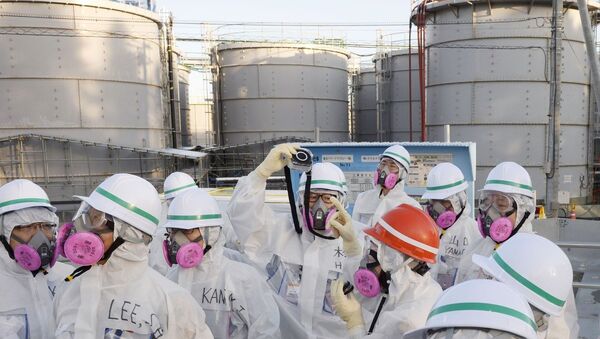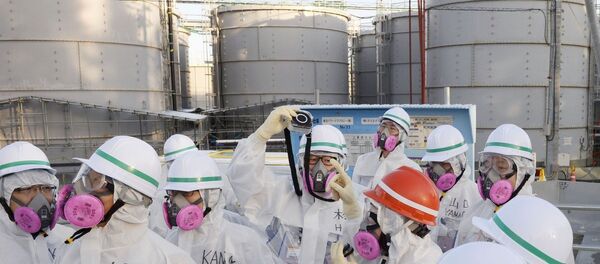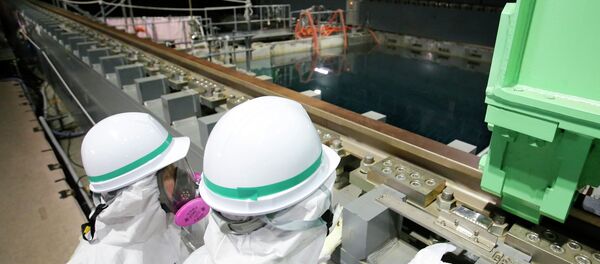Joji Otaki from the Japanese University of Ryukyus said that the 2011 Fukushima disaster aftermath has left neither the local people nor butterflies in a favorable state, as quoted by the news outlet on Tuesday.
Otaki made the statement following multiple research trips to the nuclear site since the incident happened. The mutations in around one third of the Fukushima butterflies were detected in the first few months following the disaster by Otaki and his team, including smaller wings and assymetrical antennae, according to Deutsche Welle. The mutations, the scientist said, have become more pronounced over time.
Timothy Mousseau, an American biologist, told Deutsche Welle that "the bird abundances and the bird biodiversity shows major declines in the areas of high radiation," and Fukushima is not an exception.
The Fukushima nuclear failure and subsequent release of radioactive materials into the atmosphere and groundwater occurred in March 2011. The disaster is reported to be the largest nuclear incident since the Chernobyl disaster.
The accident occurred when a 46-foot tsunami caused by a 9.0-magnitude earthquake hit the Fukushima Daiichi nuclear plant. The incident displaced around 160,000 people, and caused several of the plant's reactors to melt down, causing a major leakage of radioactive materials.



